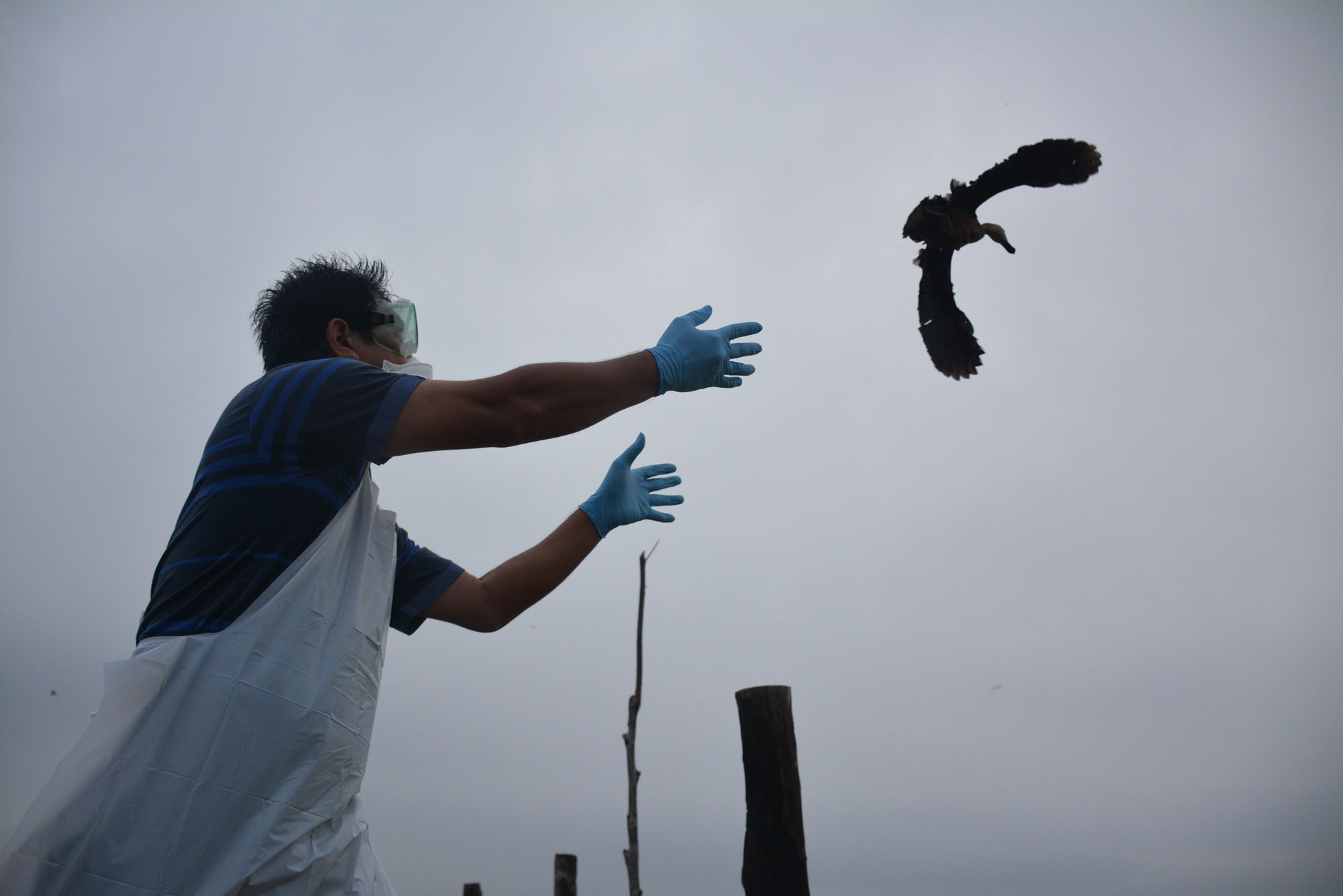FAO study calls for critical monitoring of captive wildlife to prevent zoonotic diseases
03/07/2023

FAO study calls for critical monitoring of captive wildlife to prevent zoonotic diseases
©FAO / Sadewa
The threat of zoonoses – diseases transmitted from animals to humans or diseases transmitted among livestock and wildlife species remains at an all-time high due, in part, to the high density and close contact between livestock, wildlife and people. This is especially true in Viet Nam where breeding and raising wildlife in captivity is common.
There is little information on the captive wildlife population making wildlife protection and health management a challenge. Thus, the Viet Nam Administration of Forestry (VNFOREST) requested FAO technical assistance to strengthen captive wildlife facilities (CWF) management in the country.
FAO detailed the results of its work in a published study in the One Health journal. It developed a national database on captive wildlife management (CWFM) software that allowed data collection and registration of CWF.
This is the first time that information on Viet Nam’s CWFs around the country is available. This allowed the government of Viet Nam to describe the distribution of CWFs, number and species of animals being kept. The paper included information and analysis from 2015 to 2021.
The CWFM database is an important, simple and effective tool that can help Viet Nam to have accurate and timely updated information on distribution of CWFs, species, number and protection groups.
The authors highlighted the need “to monitor the changing dynamics to assess the risks” of zoonotic diseases and minimize public health impact, and the need to better understand breeding and raising practices of wildlife in captivity and develop guidelines to improve biosecurity and biosafety.
FAO plan to hand over the CWFM to Viet Nam Convention on International Trade in Endangered Species of Wild Fauna and Flora Management Authority (CITES-MA) of VNFOREST this year. It will continue to support the rolling out of the software and the training for sub-departments of forestry protection in all 63 provinces.
FAO urged the Viet Nam Government to regularly share CWFs data collected using the software. This would allow the public to be aware of the conditions of CFWs in their locality.
The United States Agency for International Development (USAID) funded the study leading to the development of the CWFM, which FAO’s Emergency Centre for Transboundary Animal Diseases in Viet Nam implemented.
